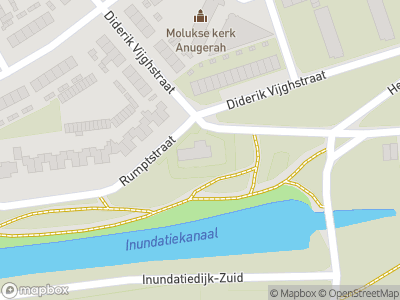Right through the region of Tiel, as straight as an arrow, there is a three-kilometre-long channel that links the river Waal with the river Linge. Few people know that this was actually a part of the New Dutch Waterline. If the province of Holland was threatened, the lock in Tiel could be opened, sending water into the river Linge and flooding the countryside 20 km further downstream.
New Dutch Waterline
The New Dutch Waterline was built in the 19th century. Its purpose was the intentional flooding of a wide stretch of land as a defence against foreign invasion. Although the water would only be enough for a depth of about 40 cm, it was estimated to be enough to render the area impassable and unnavigable. The waterline ran from the Zuiderzee (IJsselmeer Lake) in the north to National Park De Biesbosch in the south, and served as protection for the towns in the province of Holland and the city of Utrecht. The New Dutch Waterline evolved into a complex system of intake sluice gates, fortresses, bunkers and shelters.
Inundation channel
One part of the New Dutch Waterline was the Diefdijklinie (Thief´s Dike line), which ran from the river Lek in Culemborg to the river Waal in Gorinchem. During the 19th century, it was concluded that the inundation (deliberate flooding) of this area would take too long: up to two weeks depending on the water levels. In response, a 3-km-long channel was built in Tiel that ran from the river Waal to the river Linge. This meant that more water could flow from the Linge to the floodplains downstream.
Relics
After WWII, the New Dutch Waterline was decommissioned. The inundation channel had never been used and had become redundant its original purpose had been forgotten. The municipality of Tiel has recently carried out major renovation works on the channel in cooperation with the water board. This work included the renovation of the locks and bridges as well as the return of the reed beds that were used in the 19th century for protecting the banks.















